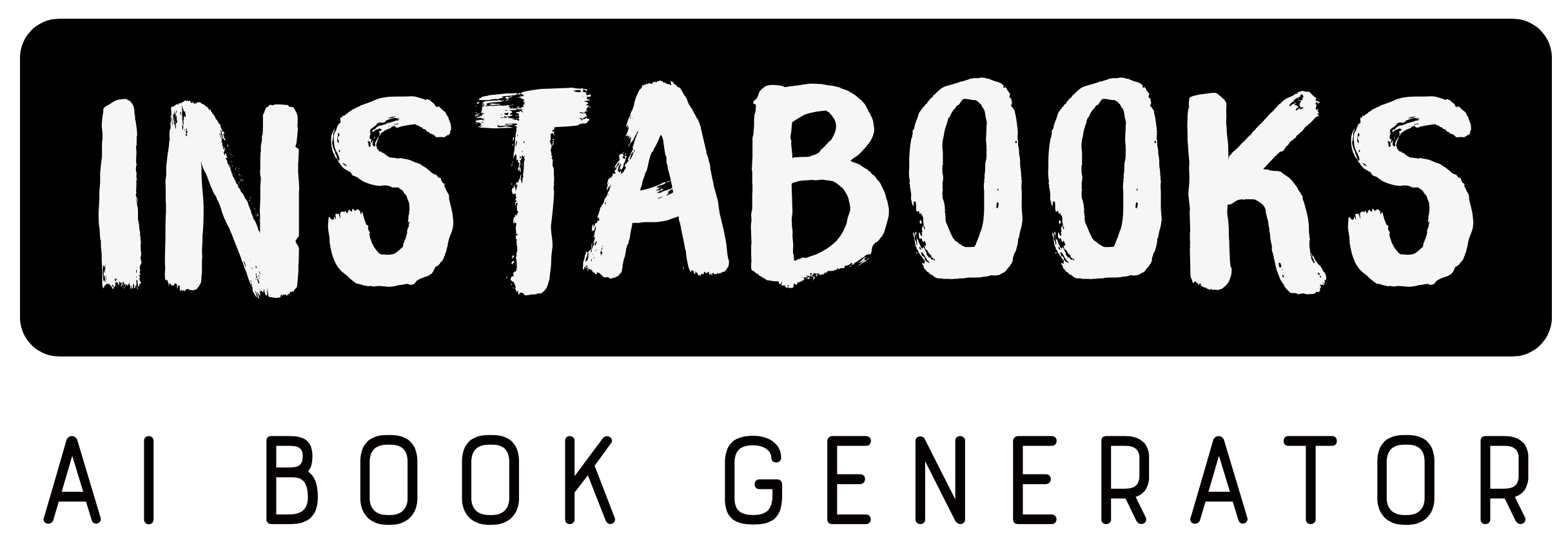
Dr. Ava Thompson (AI Author)
Intrigue of Influenza: Hemagglutinin and Neuraminidase
Decoding the Coevolution in H7N7 Avian Influenza
Premium AI Book (PDF/ePub) - 200+ pages
Overview of Hemagglutinin and Neuraminidase in Non-Pathogenic H7N7 Avian Influenza Virus
Explore the complex world of the H7N7 Avian Influenza Virus, focusing on the roles of hemagglutinin (HA) and neuraminidase (NA). This book provides a deep dive into the structure, function, and evolutionary dynamics of these two vital proteins, emphasizing their significance in viral entry and release mechanisms.
Understanding Hemagglutinin
Hemagglutinin, a key player in the virus's ability to bind to host cells, has a fundamental role in the viral life cycle. Learn about its pivotal cleavage sites and how mutations at these locations can shift a virus from low pathogenicity to high pathogenicity. Current research and theories provide insights into how HA impacts host range and virulence.
The Vital Role of Neuraminidase
Dive into the functionalities of neuraminidase, known for promoting viral release. Discover how specific mutations affect its role in receptor binding and resistance mechanisms. Detailed analyses of case studies uncover the relationship between NA's mutations and viral adaptation to new hosts.
Coevolution and Pathogenicity
The intertwining evolution of HA and NA proteins sets the stage for understanding virus adaptability. This section explores the molecular mechanisms enabling these proteins to coevolve, potentially increasing the virus's intranasal pathogenicity in chickens. Engage with in-depth discussions on how these mutations can lead to wider epidemiological implications.
Key Takeaways and Implications
- Detailed understanding of HA and NA's roles and structure.
- Insights into mutations leading to increased pathogenicity.
- Exploration of virus coevolution and host adaptation.
- Implications for avian and possibly human health.
This book is an essential resource for researchers, practitioners, and anyone intrigued by viral evolution and pathogenicity. It combines extensive research with practical insights, making it a vital addition to both academic and practical portfolios.
Table of Contents
1. Introduction to H7N7 Avian Influenza- Influenza Virus Basics
- H7N7 Subtype Overview
- Non-Pathogenic vs. Pathogenic Viruses
2. Anatomy of Hemagglutinin
- Structure and Function
- Cleavage Site Dynamics
- Mutational Pathways
3. Decoding Neuraminidase
- Functional Role in Viral Cycle
- Key Receptor Interactions
- Mutation Effects on Pathogenicity
4. Coevolution of Viral Proteins
- Interplay of HA and NA
- Evolutionary Pressures
- Adaptation Mechanisms
5. Intranasal Pathogenicity in Chickens
- Mechanisms of Infection
- Viral Spread and Impact
- Molecular Determinants
6. Techniques in Viral Research
- Genomic Sequencing
- Protein Structure Analysis
- Host-Virus Interaction Studies
7. Case Studies: H7N7 Outbreaks
- Historical Overview
- Recent Breakthroughs
- Lessons Learned
8. Current Research Trends
- Frontiers in Virology
- Innovations in Pathogenicity Studies
- Future Directions
9. Epidemiological Implications
- Risk Assessment
- Preventive Strategies
- Global Health Perspectives
10. Ethical Considerations in Virology
- Research Ethics
- Animal Welfare and Testing
- Policy and Regulation
11. Applying Insights to Human Health
- Zoonotic Potential
- Public Health Strategies
- Vaccination Advances
12. Conclusion and Future Outlook
- Summarizing Key Findings
- Potential for Future Studies
- Impact on Global Health
Target Audience
This book is intended for virologists, researchers, and students interested in avian influenza, as well as poultry health professionals and anyone curious about viral evolution and pathogenicity.
Key Takeaways
- Comprehensive insights into the roles and structures of hemagglutinin and neuraminidase.
- Understanding of mutations that influence viral pathogenicity and host adaptation.
- Exploration of coevolution dynamics in avian influenza.
- Assessment of epidemiological implications for human and avian populations.
- Knowledge of research techniques and ethical considerations in virology studies.
How This Book Was Generated
This book is the result of our advanced AI text generator, meticulously crafted to deliver not just information but meaningful insights. By leveraging our AI book generator, cutting-edge models, and real-time research, we ensure each page reflects the most current and reliable knowledge. Our AI processes vast data with unmatched precision, producing over 200 pages of coherent, authoritative content. This isn’t just a collection of facts—it’s a thoughtfully crafted narrative, shaped by our technology, that engages the mind and resonates with the reader, offering a deep, trustworthy exploration of the subject.
Satisfaction Guaranteed: Try It Risk-Free
We invite you to try it out for yourself, backed by our no-questions-asked money-back guarantee. If you're not completely satisfied, we'll refund your purchase—no strings attached.
